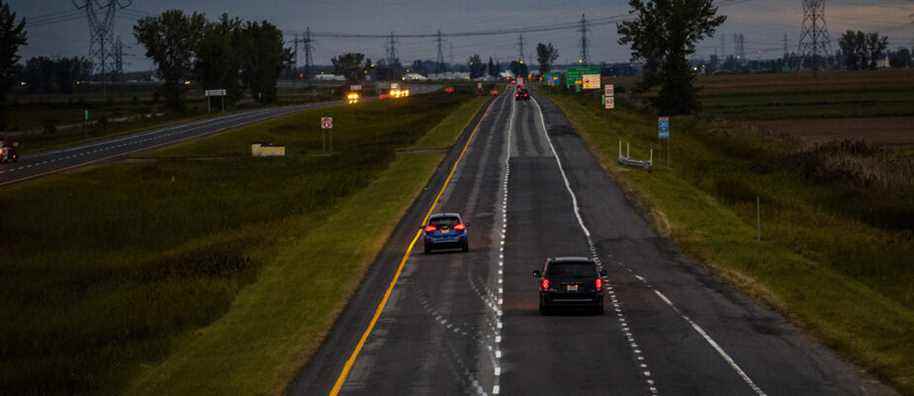Today, a tip from our reader Francis Riou under the magnifying glass of Estelle Louineau, analyst at CIRAIG.
Francis Riou’s thing
Francis Riou, from L’Isle-Verte, took a resolution: he scrupulously respects the speed limits. On the highway, it rolls at 100 km / h, period. “This commitment may seem completely normal, obvious, even simplistic, but it still carries significant reductions in GHG emissions,” he wrote to us.
Estelle Louineau’s comments
When we analyze the life cycle of a product, we assess its potential environmental impacts on human health, on the quality of ecosystems and on the depletion of fossil and mineral resources. “In the case of traditional cars, apart from the use of mineral resources, the biggest contributor to the results of environmental indicators is fuel, and in particular its combustion,” explains Estelle Louineau. In terms of climate change (one of the environmental problems included in the indicators of human health and the quality of ecosystems), no less than 83% of the carbon footprint is due to fuel, of which 66% is for combustion, according to a CIRAIG report cited by the analyst. Various parameters influence fuel consumption, including the weight of the vehicle and the mass transported and the fact of leaving the engine of your vehicle running when stationary or to warm it up in winter, says Estelle Louineau. Our reader Francis Riou is right: speed matters too. “According to the guide The Bon $ ens at the wheel, from Natural Resources Canada, going from 120 km / h to 100 km / h reduces fuel consumption by 20%, which corresponds to a reduction in the carbon footprint of 17%, says Mme Louineau. But beware: this is a reduction while on the highway, and not a reduction in the annual footprint, since the speed reduction does not apply all the time. ”

